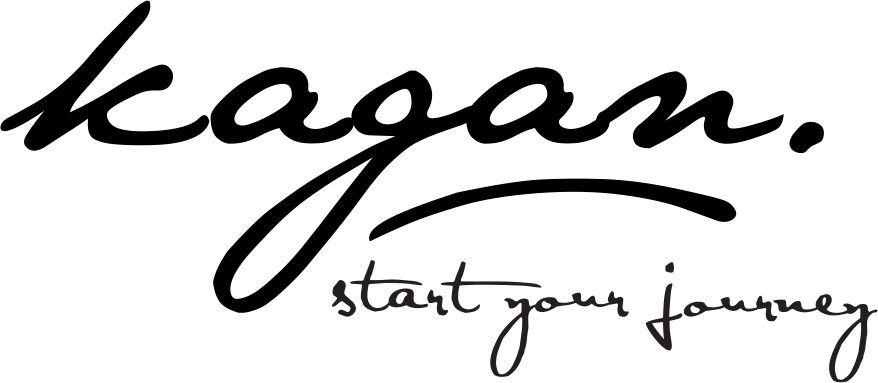Work, work, work...the 2018 Harvest
We’ll be the first to admit that we are very lucky to be able to work in the wine industry! It’s fun, the surroundings are beautiful, we get to meet great people, and we end up with a fabulous product! However, like any business, it has its challenges, it takes a lot of work, and there’s always something new to learn.
For the 2018 harvest, Mark took to the vineyards and the winery floor to see our wines through the trickiest part of wine-making…getting the fruit from the vineyard, into the winery, through fermentation, and into barrel. Never one to shy away from hard work, Mark enjoyed taking part in all of the processes and witnessed firsthand the insane rodeo that is commercial winery operations during harvest.
Mark’s first job on most days was measuring the brix (sugar levels) and temperatures of wines in fermentation tanks. What seems like a pretty straight-forward process turns into hours of climbing ladders and catwalks, cursing your steel-toed boots, cleaning and sanitizing valves, reviewing measurements in the lab, and revising work orders for the next step on each tank.
Oftentimes, the next step on a fermenting tank is a “punch-down” or a “pump-over”. During fermentation, the “must” (skins and seeds) accumulate at the top of the tank, drying out and creating a “cap” over the juice. The goal of both punch-downs and pump-overs is to re-integrate the cap back into the juice. Punch-downs look like fun…up high on a catwalk using a large metal plate fixed at the end of a long pole to push the cap down and mix into the juice. The fun quickly faded when Mark realized how much upper-body strength is required to punch-down a two-foot thick cap on a 3,000 liter tank. It’s not a one-man job!
After some punch-downs, pump-overs seem like a good option. Pump-overs utilize hoses and a pump to reintegrate the cap by pumping the juice from the bottom of the tank back over the cap. While not as an intensive work-out, pump-overs require dragging hoses up the ladders and catwalks and waiting patiently while spraying several hundred liters of juice back into the same tank. So, Mark had plenty of time to curse his steel-toed boots and stare aimlessly at the disco-ball on the ceiling of the winery.
After a number of days of sheer physical labor, Mark was happy to go out to the vineyards to collect berry samples for lab analysis to determine when to harvest. The sampling method Mark is familiar with selects individual berries from each vine; however, because of the time constraints during harvest, wine-makers will typically pick whole clusters instead. Flavor is the most important aspect in determining a “pick-date”, but an ideal harvest date can be impacted both by weather and the availability of labor. So, the speed of collecting and testing samples is critical in being able to plan for labor or plan around weather events. Not to mention, some of our vineyards are on extremely steep hillsides, so visiting every vine is a lot easier said than done. Mark thanks the consulting wine-makers that assured him that full bunches of berries from both sides of every tenth vine was sufficient for determining a “pick-call”.
Days when fruit arrives in the winery are always extra busy. Time is of the essence when grapes are harvested, so, in addition to the everyday work with fermenting or barreled wines, half-ton bins arrive laden with fruit. The first quandary is where to unload all of the bins. Floor space and tank space are finite sets in a commercial winery; but, if harvest was better than expected, you have to find room for the grapes. So, while the delivery truck driver checks his watch, the winery staff saddles-up the forklift and begins to re-arrange the winery floor. Sadly, the state of California is a bit more strict than Texas when it comes to heavy machinery, and this life-size Tetris game is really only enjoyed by licensed fork-lift operators. Mark and the rest of the staff run around dragging equipment out of the way and determining if they will be able to squeeze themselves between the tanks in their new, compressed configuration.
Mark did get a few breaks when working at the winery, such as arriving to work at 7:00 AM for a fruit delivery and not seeing any trucks show up until after lunch. Mark likes to say that the biggest lesson learned from wine-making is patience…and the lesson keeps coming! Of course, Mark made the most of those idle hours because you can’t have three winemakers in the same space and not have them divine the next iteration of wine-making in the modern age!
All in all it was a fun and informative couple of weeks, albeit exhausting. It was great practical experience for Mark, but he’s looking forward to some desk-time while he studies for his winemakers certification at UC Davis.

